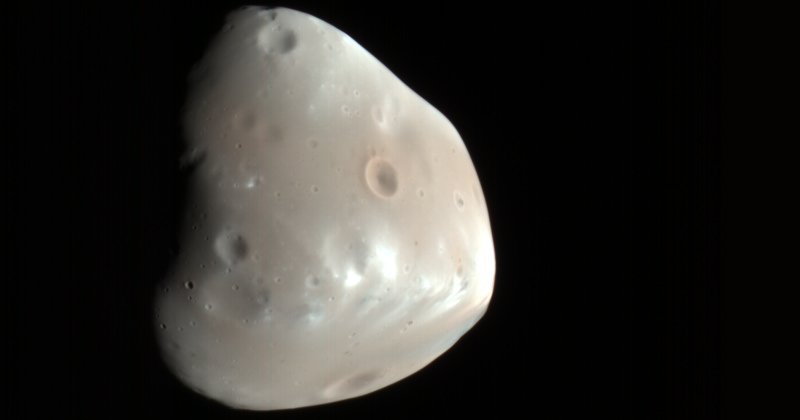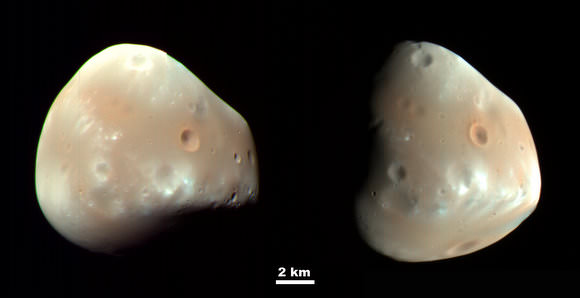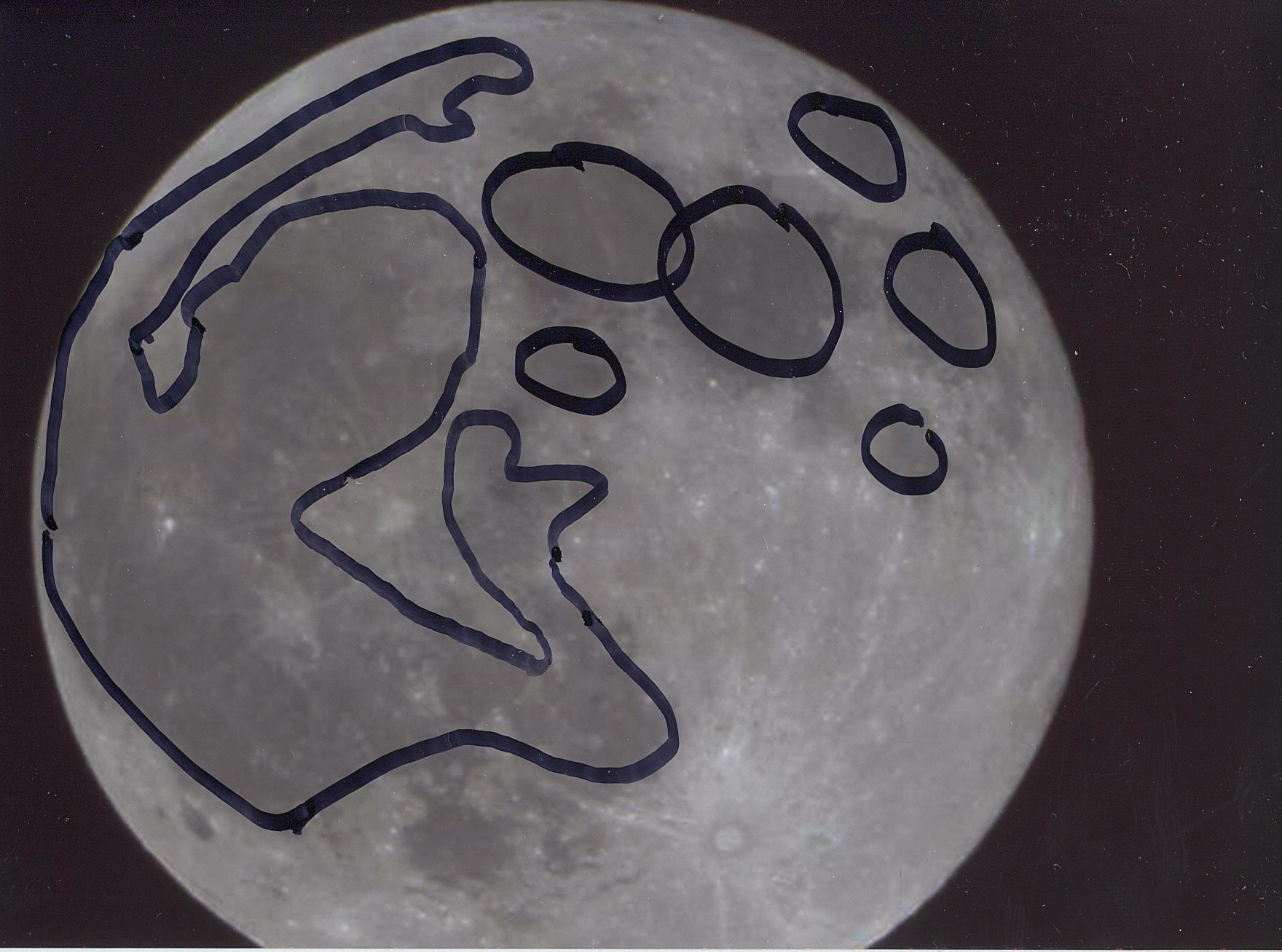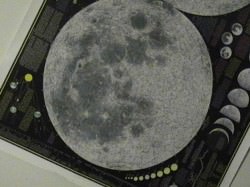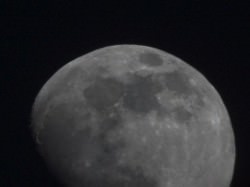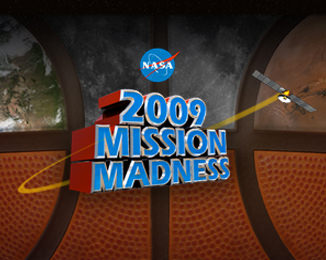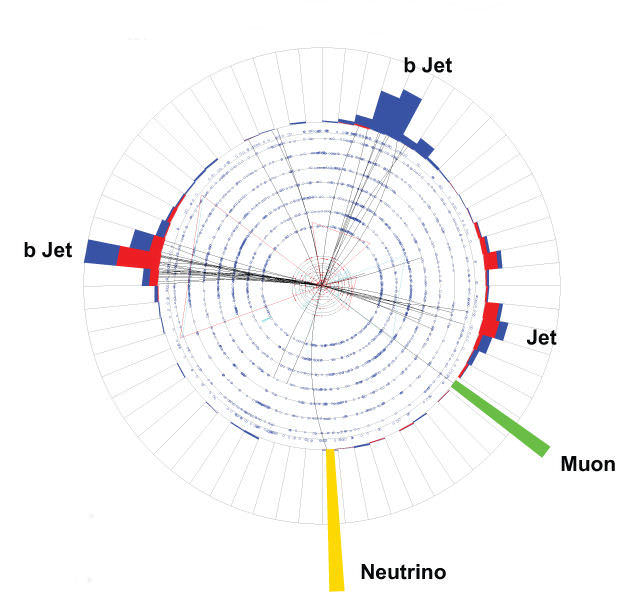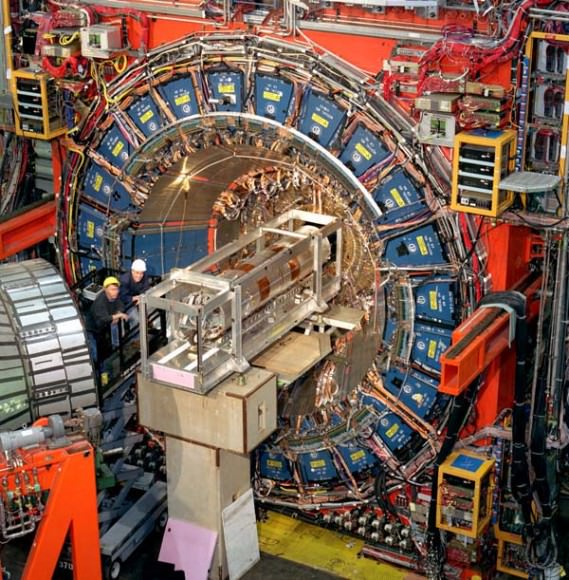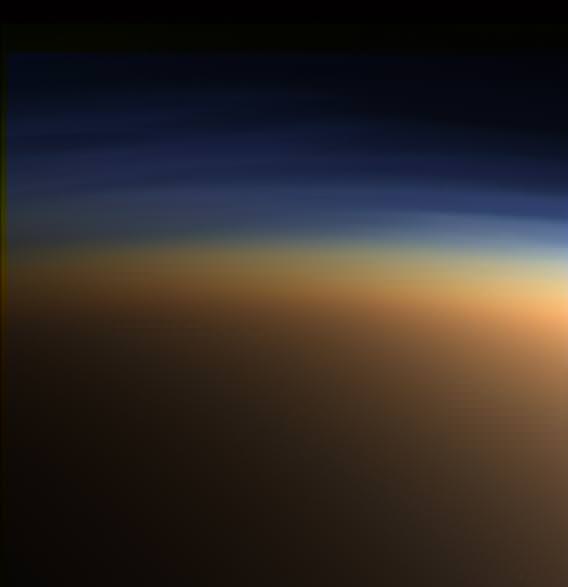[/caption]
Deep within the Earth, thousands of kilometers below your feet is the core of the Earth. Once thought to be a single ball of iron, scientists now know that the Earth’s core contains a solid inner core, surrounded by a liquid outer core. Let’s take a look at the outer core of Earth.
The discovery that the core of the Earth contains a solid inner core surrounded by a liquid outer core was made by seismologist Inge Lehmann, who was studying how seismic waves bounce off the interior of the Earth. Instead of bouncing off a solid core, Lehmann observed that the liquid outer core caused the waves to reflect differently from how they bounced off the inner core.
Further studies have refined the size of the outer core. The inner core is thought to be 2,440 km across, and when you include the liquid outer core of the Earth, the entire core measures 6,800 km across; about twice as big as the Moon.
It’s believed that the core of the Earth formed early on in our planet’s history, when the entire planet was made of molten rock and metal. Since it was a liquid, the heaviest elements, like iron, nickel, gold and platinum sunk down into the center, leaving the less dense elements on top.
Without the outer core, life on Earth would be very different. Scientists believe that convection of liquid metals in the outer core create the Earth’s magnetic field. This magnetic field extends outward from the Earth for several thousand kilometers, and creates a protective bubble around the Earth that deflects the Sun’s solar wind. Without this field, the solar wind would have blasted away our atmosphere, and Earth would be dead and lifeless like Mars.
The inner core is also known to rotate, turning approximately 0.3 to 0.5 degrees per year relative to the rotation of the surface. In other words, the inner core makes an extra rotation every 700-1000 years compared to the surface.
We have written many articles about the Earth for Universe Today. Here’s an article about the recent discovery that the Earth has an inner, inner core.
Want more resources on the Earth? Here’s a link to NASA’s Human Spaceflight page, and here’s NASA’s Visible Earth.
We have also recorded an episode of Astronomy Cast about Earth, as part of our tour through the Solar System – Episode 51: Earth.
Sources:
http://www.windows2universe.org/earth/Interior_Structure/interior.html
http://www.amnh.org/education/resources/rfl/web/essaybooks/earth/p_lehmann.html
http://en.wikipedia.org/wiki/Outer_core


